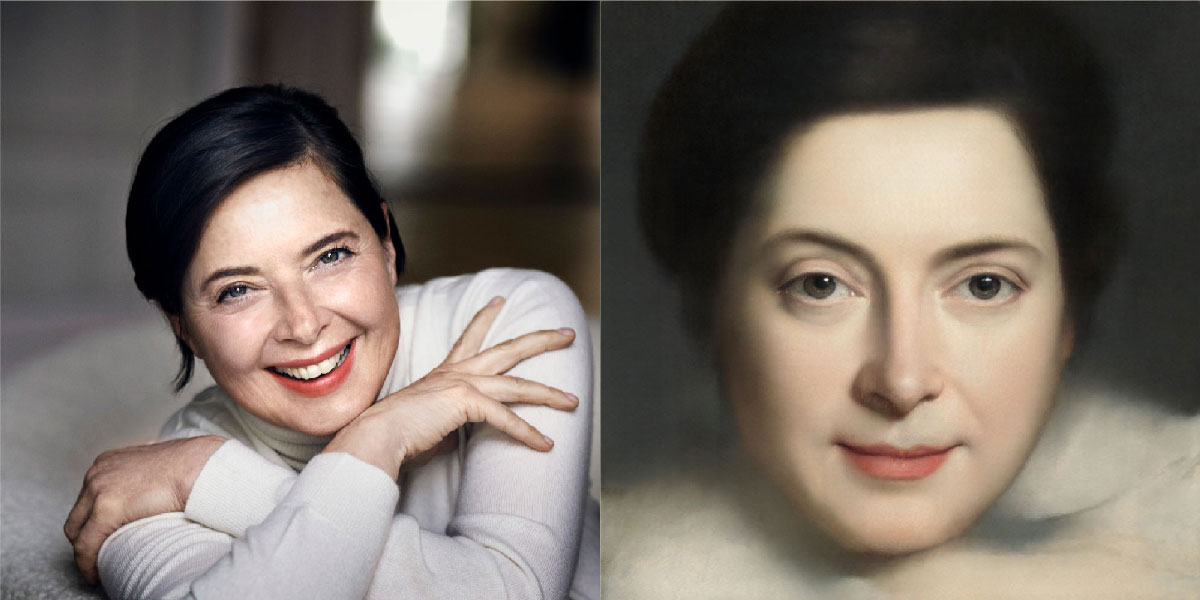Turn selfies into classical portraits with the AI that fuels deepfakes

It’s the same AI technique behind deepfakes, but also a $432,500 artwork.
The news: The tool lets users upload their photos, then view a classical-style faux watercolor, oil, or ink portrait based on the photo a few seconds later. Each one is unique. You can give it a go here.
How it was made: The tool’s creators at the MIT-IBM Watson AI Lab used generative adversarial network (GAN) models, a popular AI technique. It involves getting two neural networks to duel each other to produce an acceptable outcome: a generator, which looks at examples and tries to mimic them, and a discriminator, which judges if they are real by comparing them with the same training examples. In this case, they used 45,000 portrait images to train the program, including paintings by Titian, van Gogh, and Rembrandt.
No smiling, please: None of the portraits it creates include smiles, because it was uncommon for such overt facial expressions to be painted in the era the training examples cover.
Is it safe? You might worry about the privacy implications of uploading your photo, especially after the recent furor over FaceApp. However, the researchers have promised the pictures are immediately deleted after processing by their servers, and they won’t be used for any other purpose.
Sign up here for our daily newsletter The Download to get your dose of the latest must-read news from the world of emerging tech.
Deep Dive
Artificial intelligence
Large language models can do jaw-dropping things. But nobody knows exactly why.
And that's a problem. Figuring it out is one of the biggest scientific puzzles of our time and a crucial step towards controlling more powerful future models.
Google DeepMind’s new generative model makes Super Mario–like games from scratch
Genie learns how to control games by watching hours and hours of video. It could help train next-gen robots too.
What’s next for generative video
OpenAI's Sora has raised the bar for AI moviemaking. Here are four things to bear in mind as we wrap our heads around what's coming.
Stay connected
Get the latest updates from
MIT Technology Review
Discover special offers, top stories, upcoming events, and more.